 |
| In this illustration (a) shows the distance between the camera and the target on a map of Shanghai, and (b) shows what the target building actually looks like. Image (c) is the view of the target through the smog of the city, while (d), (e) and (f) show earlier technologies attempting to record the target. Image (g) is the result of the researcher’s improvements |
Researchers in China have created a camera that can record through the atmospheric pollutants of Shanghai to pick out objects just 60cm (2ft) high at a distance of 45 kilometers (28 miles). The ‘camera’ uses laser technology to fire light of a specific wavelength at a distant object and then uses a sensor to record the light when it returns so it can produce a picture that shows shapes with some distance information.
The project is being carried out by scientists at the University of Science and Technology of China in Shanghai, who have so far been able to record the form of a distant building with enough resolution to show the windows. The picture is technically a photograph, but not quite as we would expect to record with a normal visible light camera. The idea of the research is to produce an instrument that can ‘see’ further than is possible using visible light, and to be able to see in conditions visible light can’t get through.
 |
| At top left you can see the actual set-up of the LiDAR camera mounted inside the telescope, while the diagram top right shows what’s going on inside. |
The scientists mounted a LiDAR (Light Detection And Ranging) camera inside a Cassegrain mirrored telescope and fired a near-infared (1550nm) beam from the top of a building on Chongming Island in Shanghai towards the K11 skyscraper 45km away in the centre of the city. As the scientists knew the distance and the speed of the light they were using they were able to calculate when it would return and thus isolate the image forming light from any other stray light in the scene.
 |
| An illustration showing how different methods of image extraction can be used to yield a more detailed image. |
The quality of the image recorded is hardly going to serve for holiday pictures, but outlines, shapes and forms can easily be seen even when the atmosphere was too thick for visible light. The technology will be useful for seeing when we can’t see – through clouds, atmospheric haze and smog and for security surveillance.
 |
| This shows how the researchers are using distance information from the LiDAR to create depth maps of scenes that can hardly be seen with the naked eye |
The researchers say they can improve the resolution and the range of their invention, and that they will be able to create 3D images in the future. Already with the range defining abilities of the LiDAR system they can incorporate depth and distance information into their images.
You can read the research paper as a PDF online.
Articles: Digital Photography Review (dpreview.com)
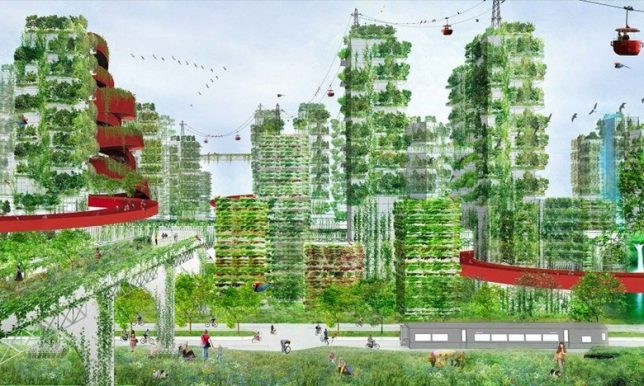
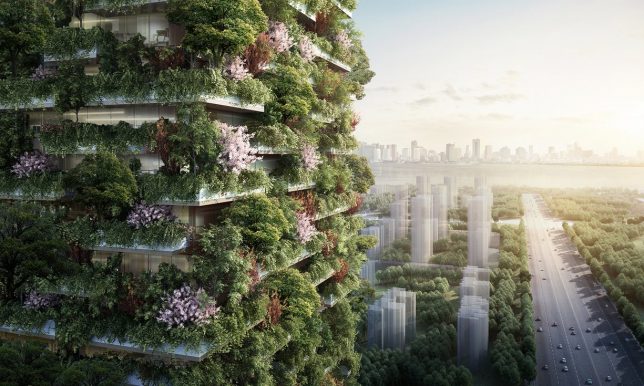
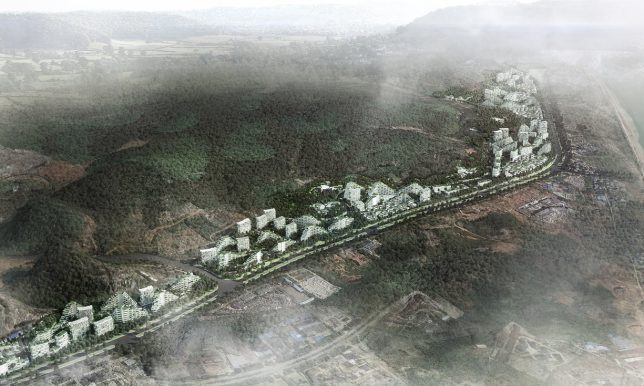









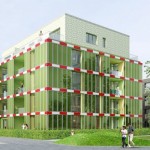
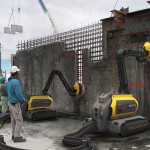
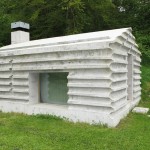











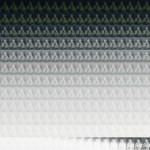
You must be logged in to post a comment.